IB PAN hosted a meeting of the participants of the international IMPAWOS project
More than a year ago, our Institute started the IMPAWOS project to assess the impact of alien and native woody plants on vegetation and soil. The project is financed by the National Science Centre (Narodowe Centrum Nauki) under the Weave programme (Weave-UNISONO call), which is based on the multilateral cooperation between scientific research funding agencies in selected European countries and enables the creation of large international research teams. In the case of IMPAWOS, the team consists of scientists from the Czech Republic and Slovakia (represented by Jan Pergl from the Institute of Botany of the Czech Academy of Sciences) and from Poland (represented by Małgorzata Stanek from IB PAN).
Last week, a two-day working meeting of the IMPAWOS team took place, organised by the Polish side. The meeting aimed to integrate the project participants, who do not usually have the opportunity to work together on a daily basis and to discuss the progress of field and laboratory work, methodological problems encountered and ways of solving them. Thanks to the fact that the meeting was held at the Laboratory of Ecochemistry and Environmental Engineering of IB PAS in Szarów, the guests could learn about the research infrastructure and analytical capabilities of the Polish part of the team, which performs most of the physicochemical and microbiological analyzes of soil in the project. An important item on the meeting agenda was a visit (on the second day) to selected study sites, including those in the Niepołomice Forest, near Jaworzno and Niemodlin, established in monospecific patches of invasive and native species (including Quercus rubra, Quercus robur, Crataegus monogyna and Spiraea tomentosa) and patches of multi-species control vegetation. In total, there are 174 such study sites in the project – located in Poland, the Czech Republic and Slovakia – which translates into thousands of samples analysed. We hope to present the first results of the IMPAWOS project soon.
Below are some photos from the April meeting and several months of field work.
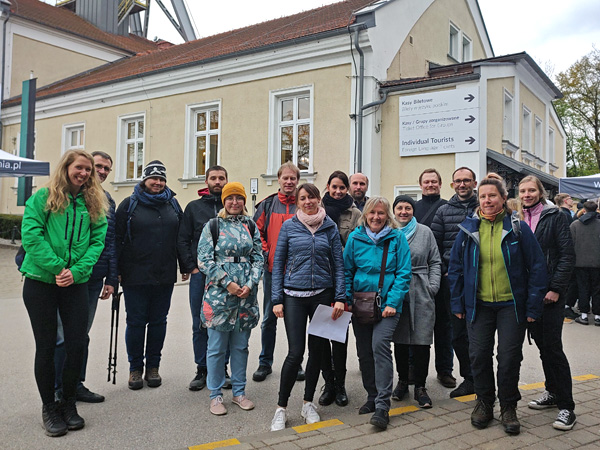
The IMPAWOS team during a trip to the Wieliczka Salt Mine.
Photo: Lujza Kubáčková

Jan Pergl presents the progress of the work of the Czech group.
Photo: Anna Stefanowicz
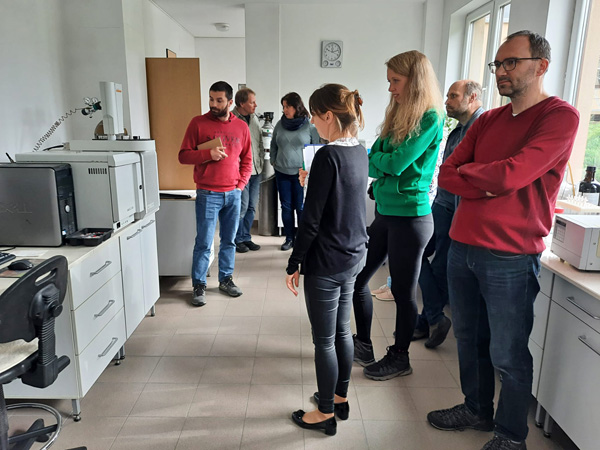
Małgorzata Stanek presents the analytical capabilities of the IB PAS laboratories in Szarów.
Photo: Anna Stefanowicz

The IMPAWOS team at study sites with oaks Quercus rubra and Q. robur in the Niepołomice Forest.
Photo: Barbara Tokarska-Guzik
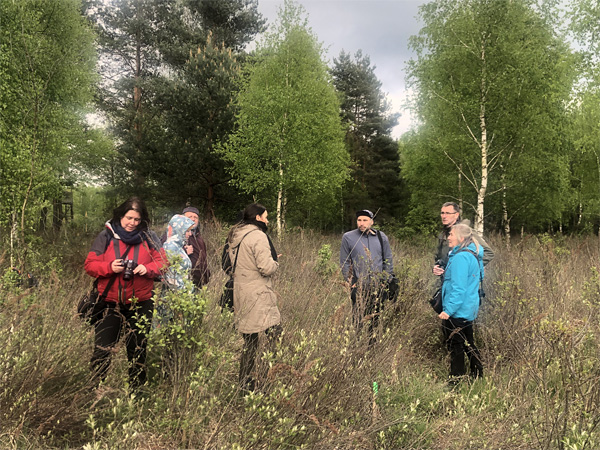
A site with Spiraea tomentosa near Niemodlin.
Photo: Małgorzata Stanek

First field work at the end of summer 2023 – establishing study sites and measuring light conditions.
Photo: Łukasz Wilk
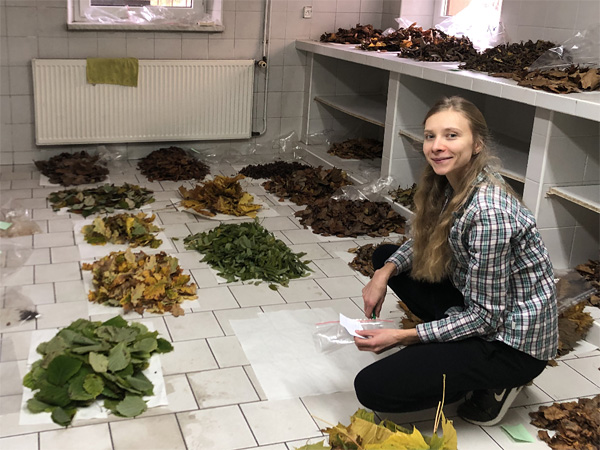
Leaf samples collected from study sites – autumn 2023.
Photo: Małgorzata Stanek
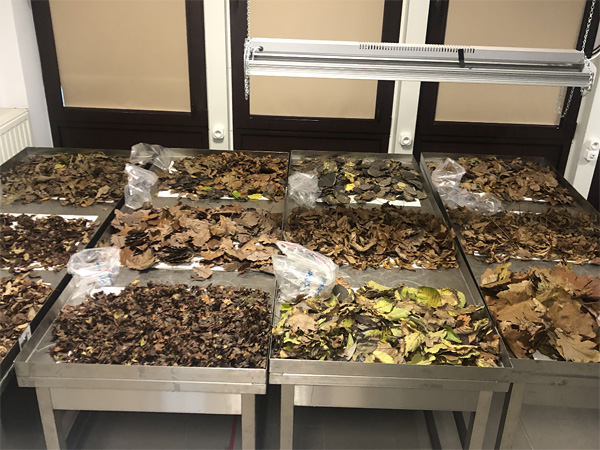
Preparing leaves for placing in litter bags (to determine the decomposition rate) – autumn 2023.
Photo: Małgorzata Stanek

Installation of litter bags at study sites at the end of 2023.
Photo: Małgorzata Stanek

Installation of litter bags at study sites at the end of 2023.
Photo: Anna Stefanowicz
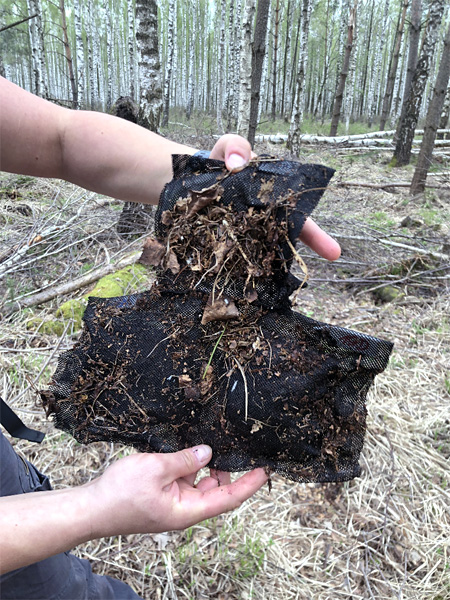
Collection of litter bags after several months of exposure in the field – spring 2024.
Photo: Małgorzata Stanek

Collection of soil samples for analysis of physicochemical and microbiological properties – spring 2024.
Photo: Małgorzata Stanek
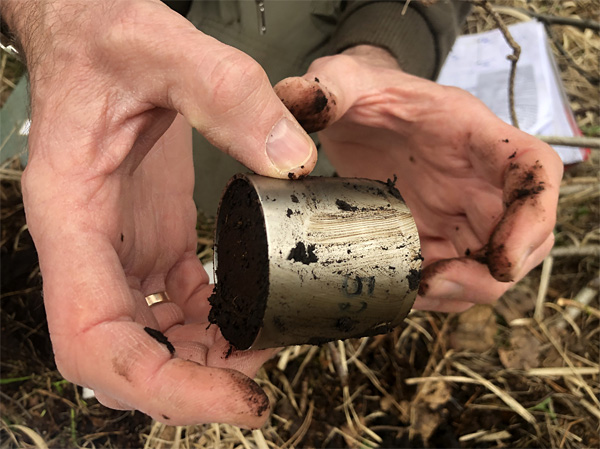
Kopecky ring with soil collected for analysis of physical properties – spring 2024.
Photo: Małgorzata Stanek

Soil temperature and moisture reading from buried probe – spring 2024.
Photo: Małgorzata Stanek






